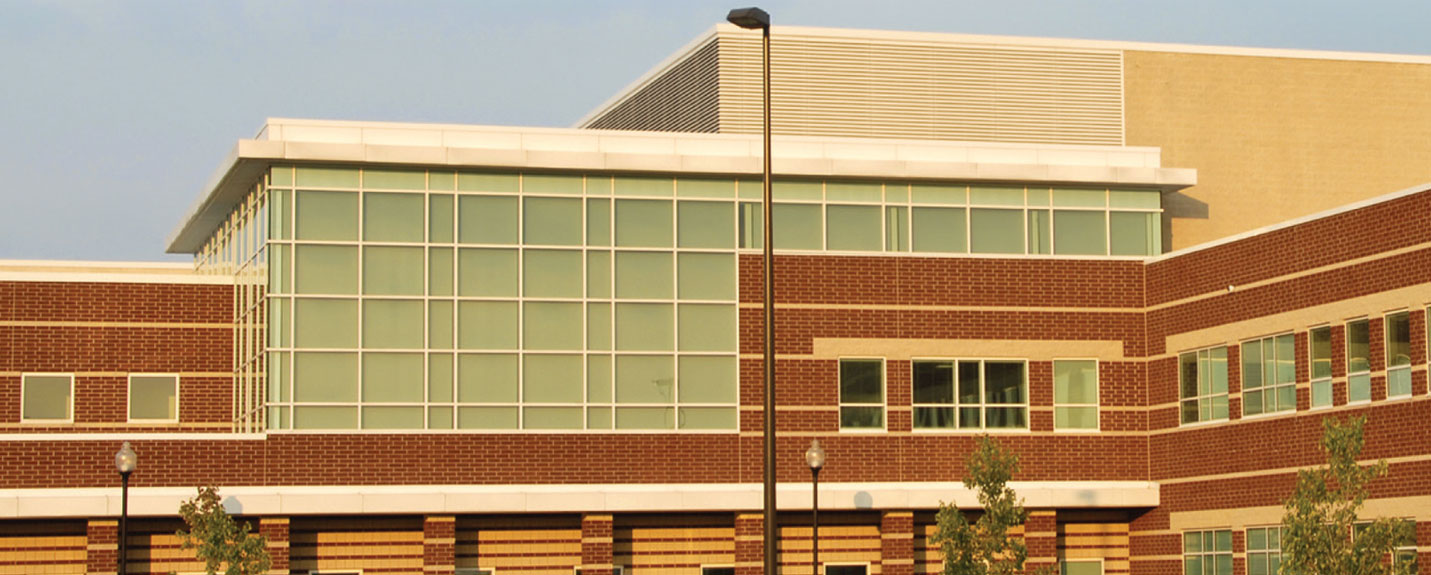
Idaho’s Public Charter Schools Struggle To Find And Fund Facilities
By Marc Carignan
Idaho’s charter public schools are among the state’s top-performing schools. Five of the state’s top 15 public schools in (as measured by 2015-16 achievement tests) are charter schools. In math, the top three schools are all charters. Moreover, there are currently about 6,000 students on charter public school waitlists statewide. And by 2022, Idaho will have approximately 22,000 new students. Charter public schools can help meet the need for high-quality education in Idaho, but policymakers must do more to help them find and fund facilities.
A recent report by Bellwether Education Partners surveyed 26 of Idaho’s 40 brick-and-mortar charter public school leaders and conducted follow-up interviews with six leaders. They asked about charter public schools’ facilities-related expenditures, whether their schools have amenities like gyms and libraries, and collected data points like the square footage and seat capacity of schools’ current facilities. They also asked school leaders about the impact their facilities-related challenges have on their operations.
The vast majority of leaders reported that they struggle to find property suitable for their school, have difficulty financing property when they do find it, and often have to make significant tradeoffs. One leader indicated that their teachers have to share classrooms, which complicates scheduling and limits flexibility. Another school leader even assembled and disassembled their classrooms twice per week in a rented facility.
Despite the financial constraints they face, however, charter leaders are being extraordinarily creative and resourceful in finding solutions. In fact, they are able to build schools at a fraction of what traditional school districts spend. For example, Alturas International Academy, which opened in Idaho Falls in August, is renovating an old public school building for approximately $12,000 per seat. The local school district, on the other hand, is considering a $90 million bond to upgrade its two high schools — a cost of more than $37,200 per seat. In southern Idaho, recent renovations to Jerome High School cost approximately $18.46 million, or $19,300 per enrolled student. But local charter public school Heritage Academy purchased a facility from a private school for $374,000, about $2,600 per enrolled student. The Boise School District is currently considering a 10-year, $217 million school construction initiative.
The lesson is not that district schools should receive less funding, or that charter public schools should receive as much as district schools. The “right” solution lies somewhere in between – rather than simply asking more from our taxpayers, we should ask for more value for our tax dollars, and more equal access to quality facilities for all our students.
Policymakers must do more to help charter public schools access facilities. They should expand existing programs to increase the per-pupil facilities allocation and provide additional funding for the charter school debt reserve — which helps high-quality charter public schools obtain favorable facilities financing. They should ensure charter public schools have free or low-cost access to vacant buildings owned by local school districts, municipalities, or the state. These facilities have already been purchased by taxpayers and could be put to good use educating Idaho’s children.
But perhaps the most critical step the legislature could take to ensure all of Idaho’s public school students are funded equally would be to enable charter public schools to access local bond and levy funds. This will ensure that all students—regardless of where they attend school—are provided the same support.
Charter public schools are and can continue to be a valuable option for Idaho’s public school students. But in order for them to open and expand, policymakers must continue to address the gaps in their access to facilities.
–



